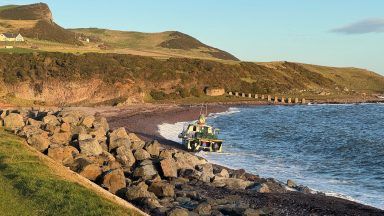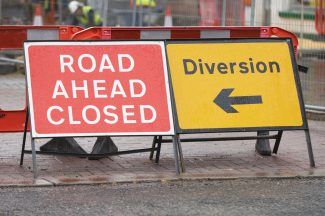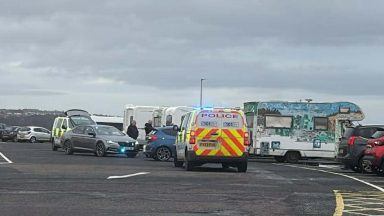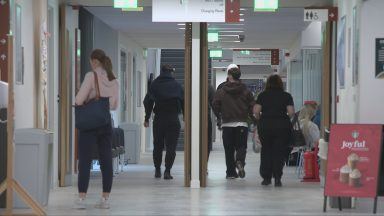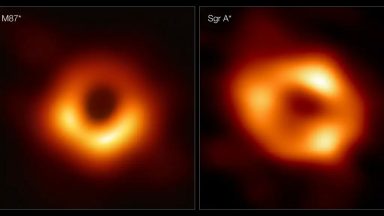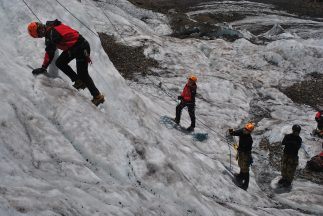A partial solar eclipse will be visible in UK skies this week as the Moon passes between the Earth and the Sun.
On Tuesday morning, people across the country will see nearly a sixth of the Sun being blocked out by the Moon.
Experts say the farther north you are located, the more of the Sun will be obscured – at the maximum point of the eclipse, the Sun will appear to have a large bite taken out of it.
STV News meteorologist Sean Batty said: “The best spots for viewing this eclipse will be across Fife, Edinburgh, Aberdeenshire, Moray, Caithness and Orkney where there will be broken cloud.”
Observers in Lerwick in the Shetland Islands will see the eclipse begin at 10.01am , mid-eclipse will be at 10.58am, and the eclipse will end at 11.56am.
In Glasgow, the eclipse will start at 10.03am, mid-eclipse at 10.55am, ending at 11.48am.
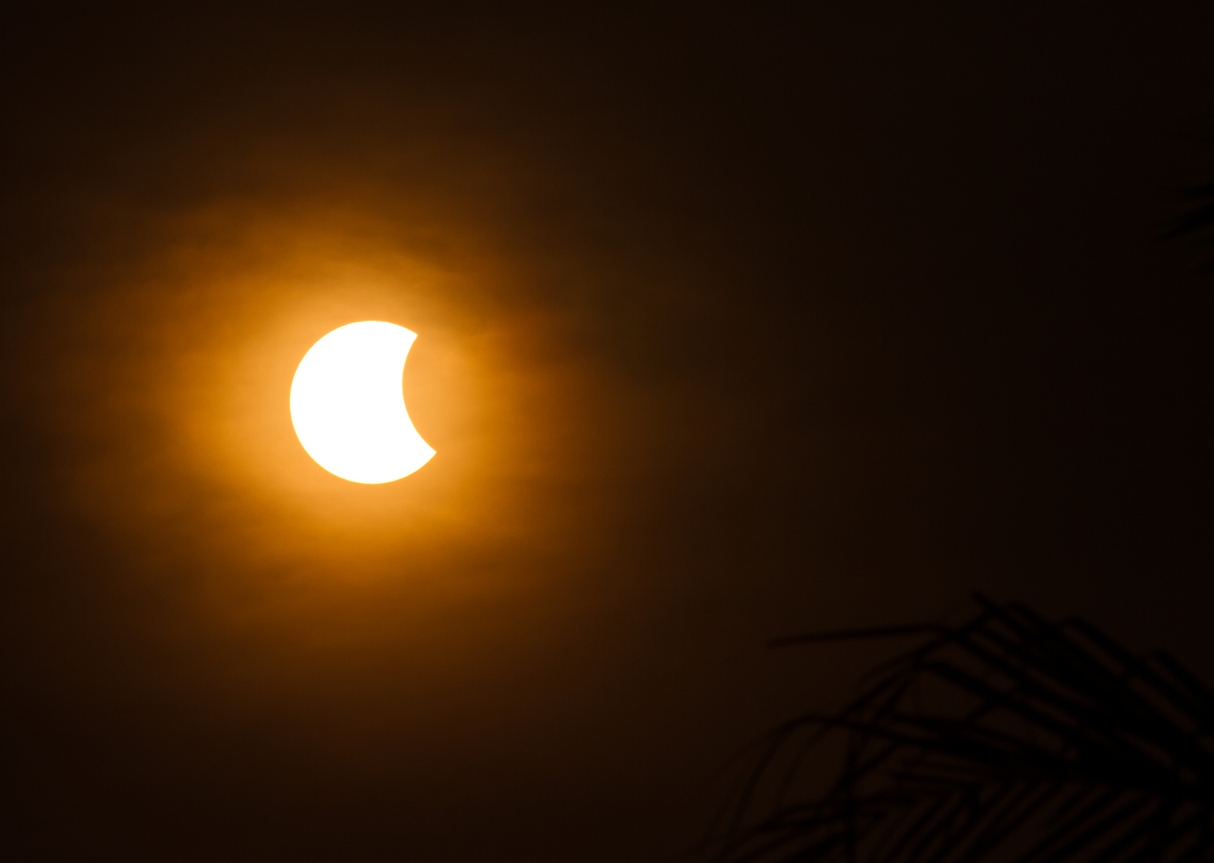 iStock
iStockThis year’s event won’t be a total eclipse anywhere – although between one and two fifths of the solar surface will be covered by the Moon, the sky will only appear slightly darker and most people are unlikely to notice any difference.
It is extremely dangerous to look directly at the Sun – here are some recommendations on how to observe the phenomenon safely, from the Royal Astronomical Society (RAS).
Eclipse glasses
The Sun is so bright that just looking at it can blind you, so you need to prepare beforehand.
The RAS says to forget anything you may have heard about using bits of film to look through, even if you can find any old negatives stashed away, or smoked glass.
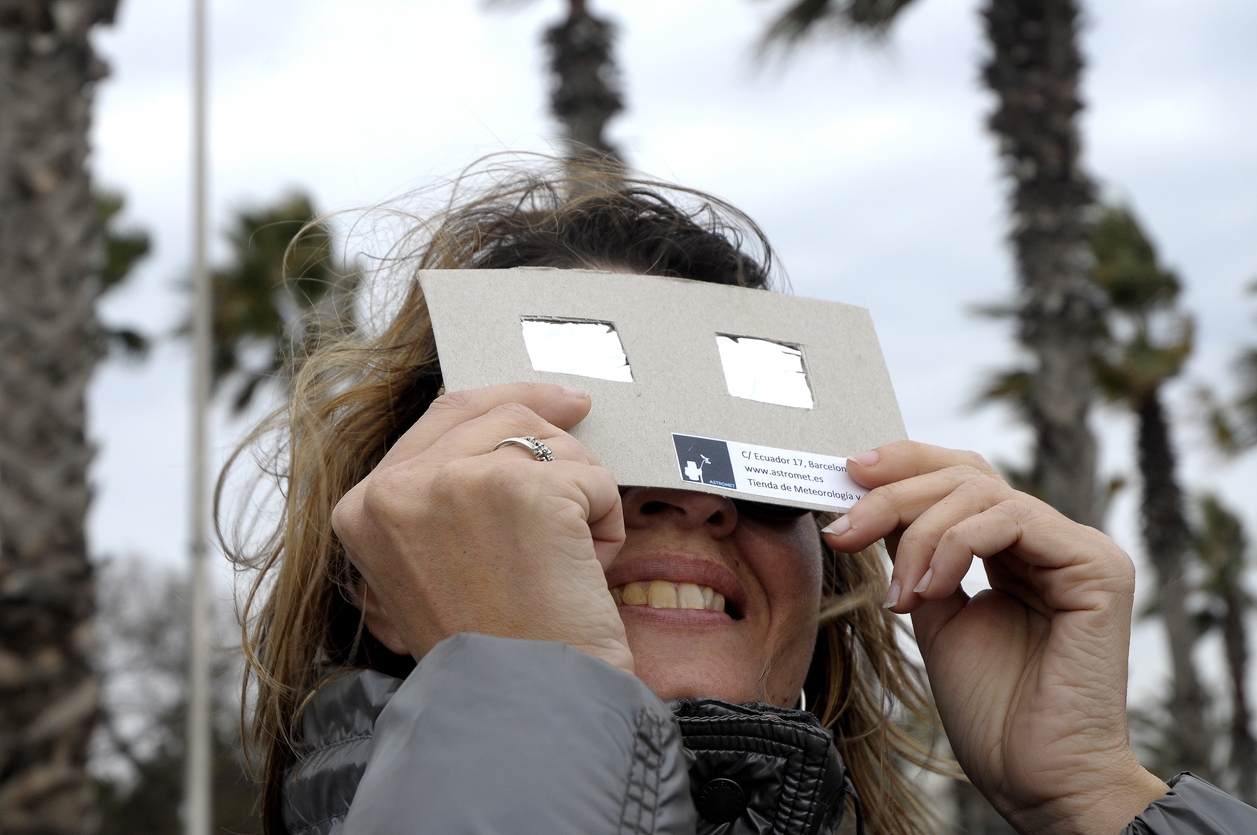 iStock
iStockAny official CE-marked eclipse glasses from previous events may be safe to use, but only if they have been stored safely and the surfaces haven’t been damaged in any way.
Check that there are no tiny holes in the coatings, or wrinkles where the coating may have worn away.
Mirror projection
If you don’t have any eclipse glasses, the RAS recommends viewing the progress of the eclipse using a small mirror.
A compact or small shaving mirror is ideal, particularly if it has a stand to hold it in position. Use the flat side, not the concave or magnifying side.
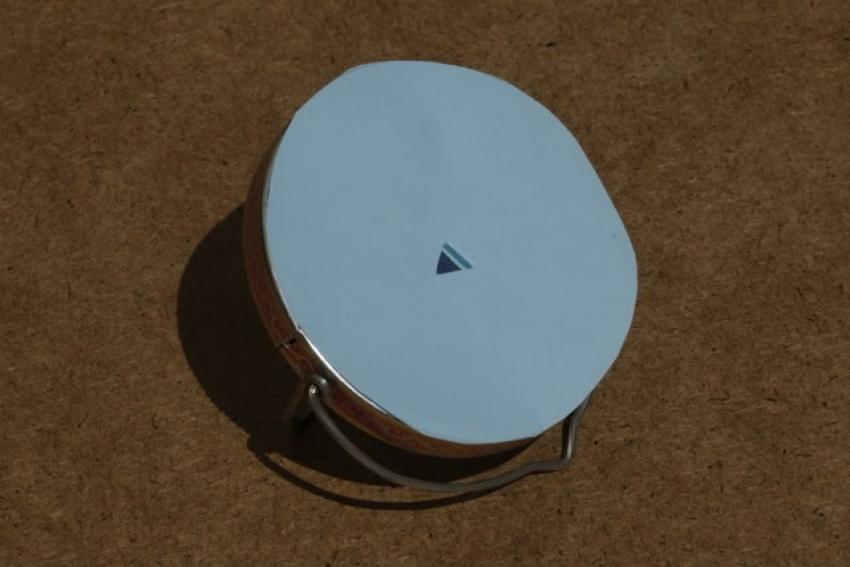 Robin Scagell via RAS
Robin Scagell via RASCover the mirror with paper, with a hole cut about 4 mm or an eighth of an inch across – it doesn’t have to be neat, or even round.
Then, shine the Sun’s reflection from the mirror into a room or onto any surface that’s in shade – you will be able to see a circular spot of light which is, in fact, an image of the Sun.
Binocular or telescope projection
Using a small telescope or binoculars, with great care, you can project the Sun’s image for a very sharp view.
Point the instrument at the Sun, judging from its shadow when it is in line. Hold a sheet of white paper about 30 cm away and you will see a bright spot appear when everything is lined up.
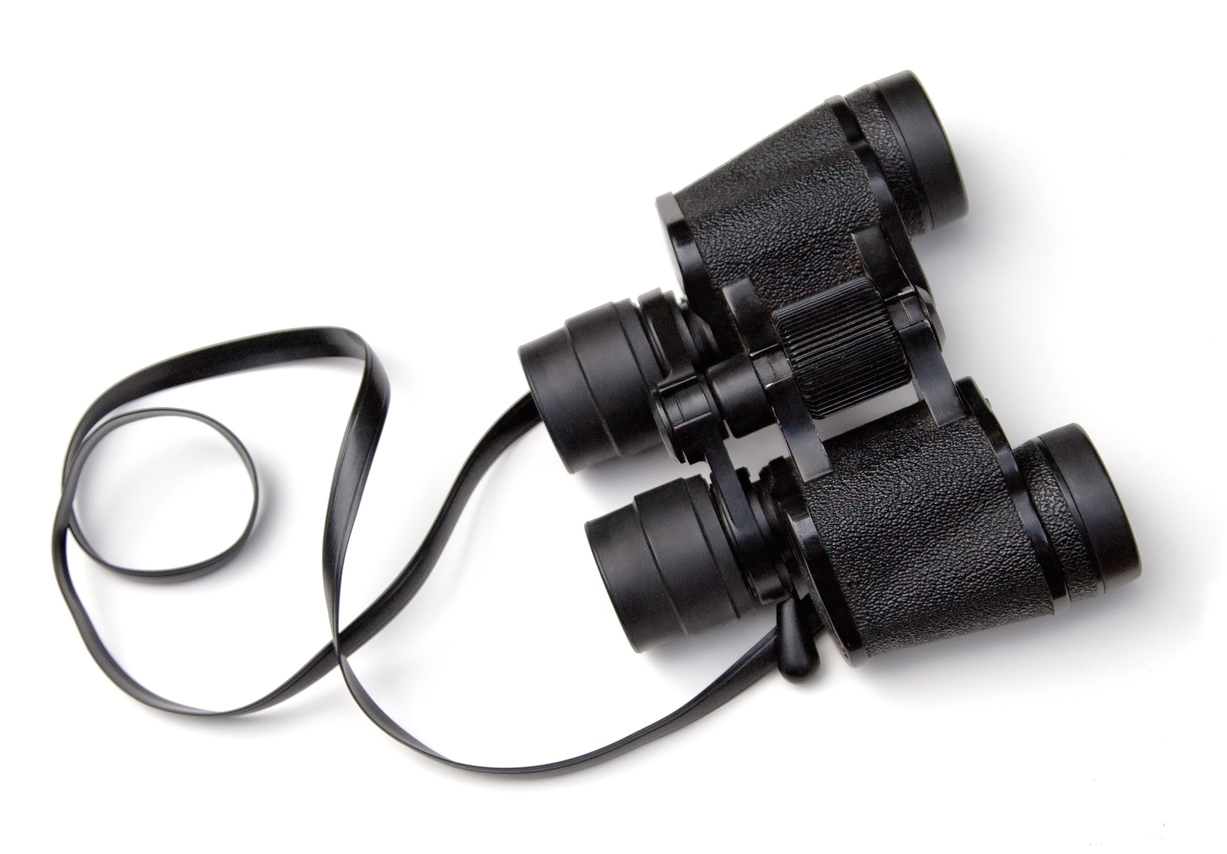 iStock
iStockIf you use a tripod, make sure that there is no chance that someone can accidentally look into the eyepiece of the instrument – this is the main danger with this method.
The RAS warns that another, lesser danger is ruining the interior of the eyepiece.
Sean Batty said : “In 2015, we had an excellent solar eclipse when over 90% of the sun was obscured, but it was only once 80% was covered that we started to notice any noticeable change to light on the ground.
“This partial solar eclipse is tiny and you won’t see any change to light levels.
“Because so little of the sun will be obscured during this event the best way to view it will be via a live feed on the internet, or using eclipse glasses if you have them. You can also make a pinhole projector easily using card and paper.
“Never view the sun without protection, and I don’t mean sunglasses, as you could be blinded, especially since this eclipse is so small.”
He added: “The next eclipse which is bigger will be in 2025 when half of the sun will be obscured across northern parts of the country.
“Then it’s 2039 when we’ll see the moon covering around 80% of the sun, and this may be noticeable on the ground with a slight dimming.
“But if you’re waiting for a solar eclipse better than 2015, you’ve only have to wait another 67 years, when in 2090 a total eclipse will be seen across the UK.”
Follow STV News on WhatsApp
Scan the QR code on your mobile device for all the latest news from around the country


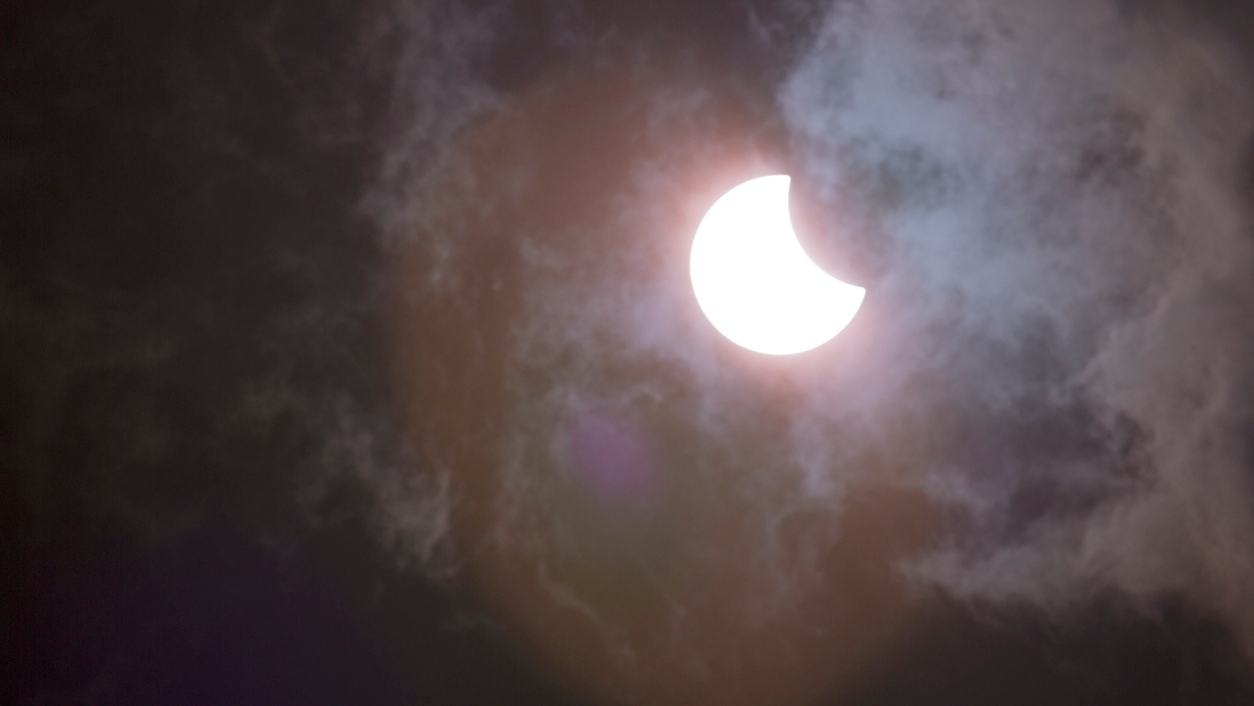 iStock
iStock

